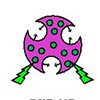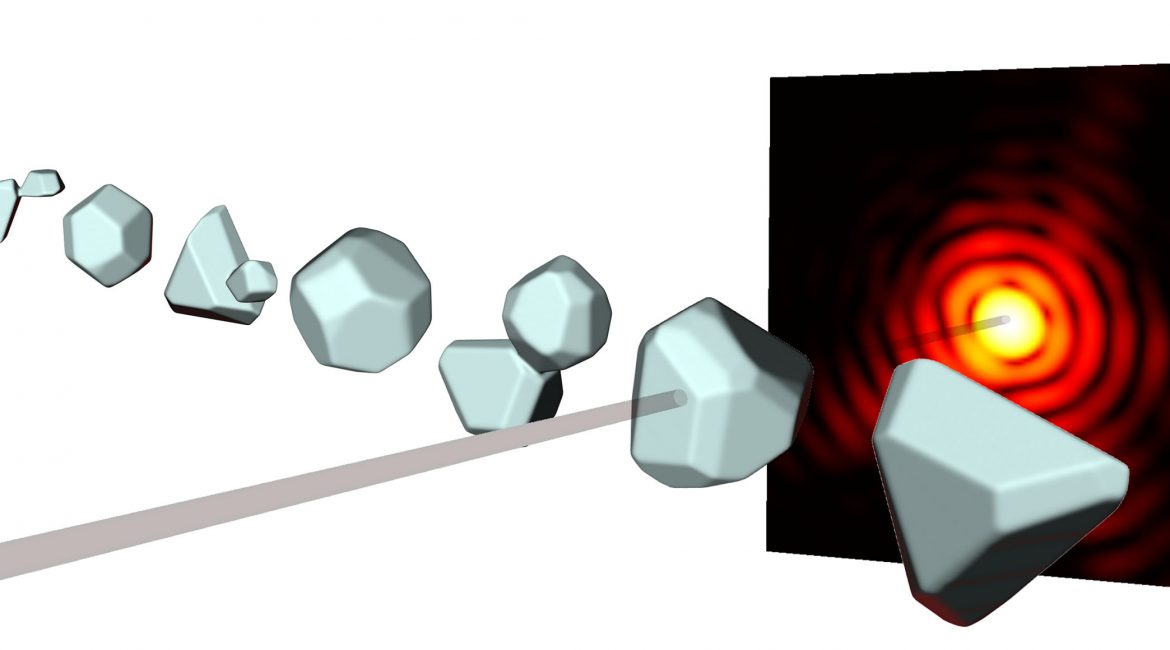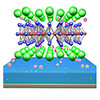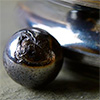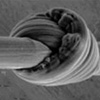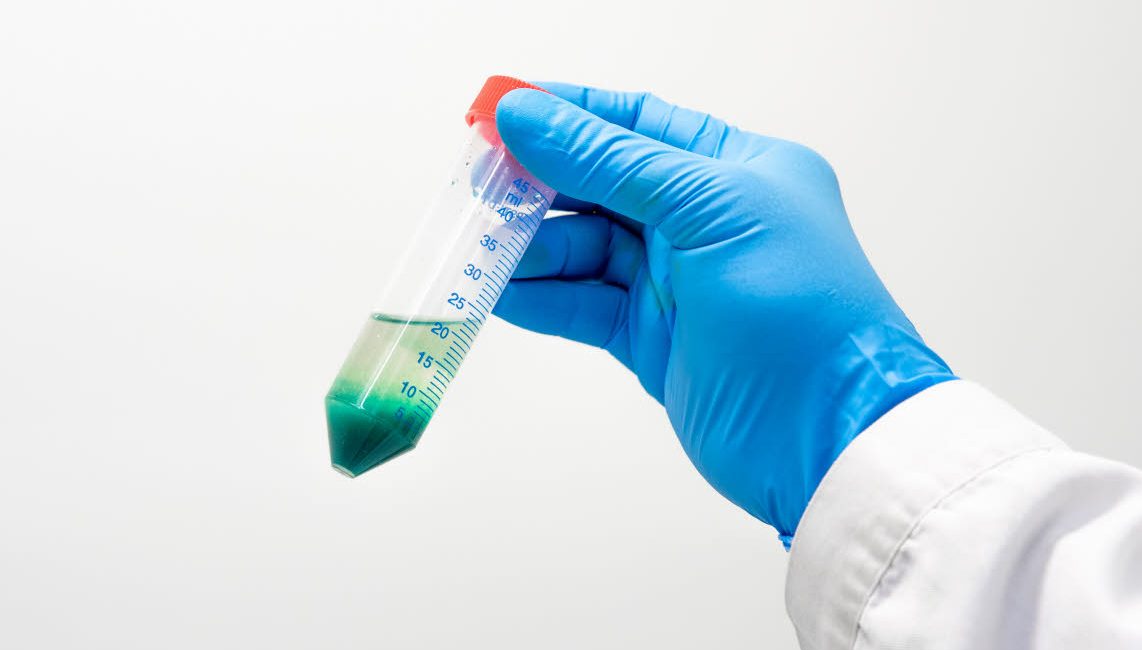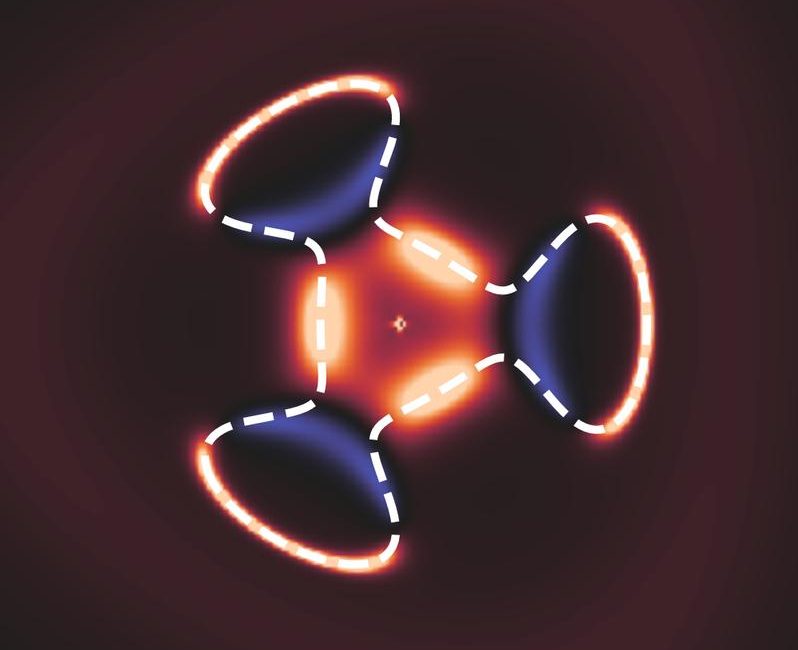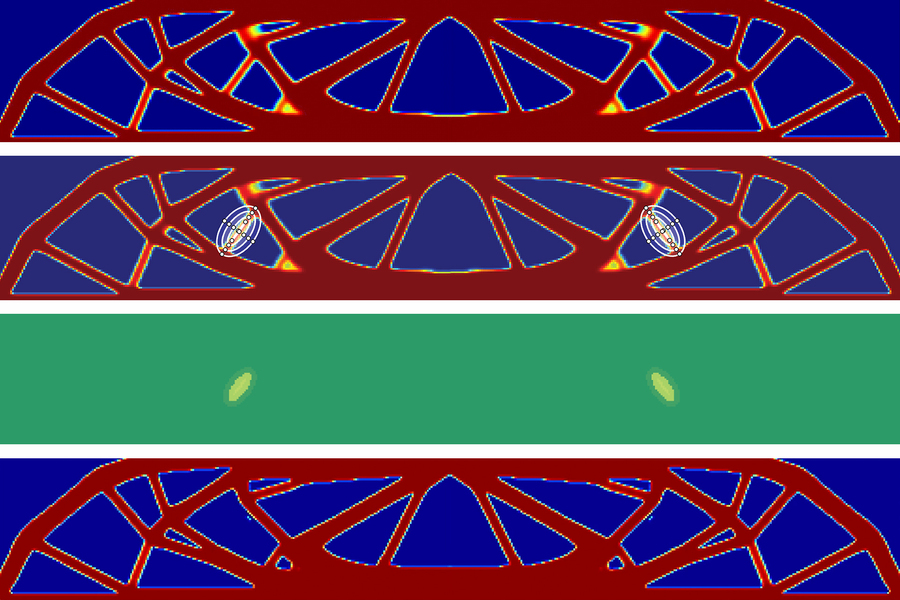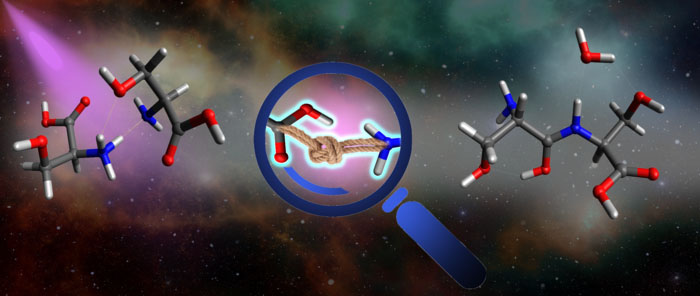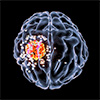Mar 03, 2023 (Nanowerk News) The animal brain consists of tens of billions of neurons or nerve cells that perform complex tasks like processing emotions, learning, and making judgments by communicating with each other via neurotransmitters. These small signaling molecules diffuse – move from high to low concentration regions –...
3D femtosecond snapshots of single nanoparticles
Mar 03, 2023 (Nanowerk News) ETH researchers have managed to take three-dimensional pictures of single nanoparticles using extremely short and strong X-ray pulses. In the future this technique could even be used to make 3D-movies of dynamical processes at the nanoscale. X-ray diffraction has been used for more than a...
Destroying the superconductivity in a kagome metal
Mar 03, 2023 (Nanowerk News) A new RMIT-led international collaboration published in February has uncovered, for the first time, a distinct disorder-driven bosonic superconductor-insulator transition (Nature Communications, "Electrically controlled superconductor-tofailed insulator transition and giant anomalous Hall effect in kagome metal CsV3Sb5 nanoflakes"). The discovery outlines a global picture of the...
AI controls morphing surfaces to reduce friction in machinery
Mar 03, 2023 (Nanowerk News) Mechanical systems in which moving parts come into regular contact are prone to damage due to the effects of friction. Researchers at Tohoku University have developed a contact control system, driven by artificial intelligence, to greatly reduce contact with damaged areas. Although currently tested only...
Development of cost-effective and strong composite carbon fiber using carbon nanotubes
Mar 03, 2023 (Nanowerk News) Carbon nanotubes are a novel material that is 100 times stronger than steel while only one-fourth its weight, and have electrical conductivity as high as that of copper. If fibers could be made using carbon nanotubes, theoretically, these fibers could surpass the performance of existing...
Almost all cobalt can be recycled using new method requiring less energy with little environmental impact
Mar 02, 2023 (Nanowerk News) Researchers at Linnaeus University have developed a more environmentally friendly way of retrieving cobalt from used lithium-ion batteries (ACS Omega, "Highly Efficient Recovery and Recycling of Cobalt from Spent Lithium-Ion Batteries Using an N-Methylurea–Acetamide Nonionic Deep Eutectic Solvent"). With a liquid solvent made of readily...
Reaching superconductivity in graphene layer by layer
Mar 02, 2023 (Nanowerk News) Graphene is a strange material. Understanding its properties is both a fundamental question of science and a promising avenue for new technologies. A team of researchers from the Institute of Science and Technology Austria (ISTA) and the Weizmann Institute of Science has studied what happens...
Integrating humans with AI in structural design
Mar 02, 2023 (Nanowerk News) Modern fabrication tools such as 3D printers can make structural materials in shapes that would have been difficult or impossible using conventional tools. Meanwhile, new generative design systems can take great advantage of this flexibility to create innovative designs for parts of a new building,...
Using light to connect molecules
Mar 02, 2023 (Nanowerk News) Molecular clusters are aggregates of molecules that are held together non-covalently, by relatively weak forces. When these clusters are excited, normally one would expect the cluster to simply break apart. However, a fascinating question is whether one can find a way to join the molecules...
Getting drugs across the blood-brain barrier using nanoparticles
Mar 02, 2023 (Nanowerk News) Brain tumors are notoriously hard to treat. One reason is the challenge posed by the blood-brain barrier, a network of blood vessels and tissue with closely spaced cells. The barrier forms a tight seal to protect the brain from harmful substances, but it also prevents...

